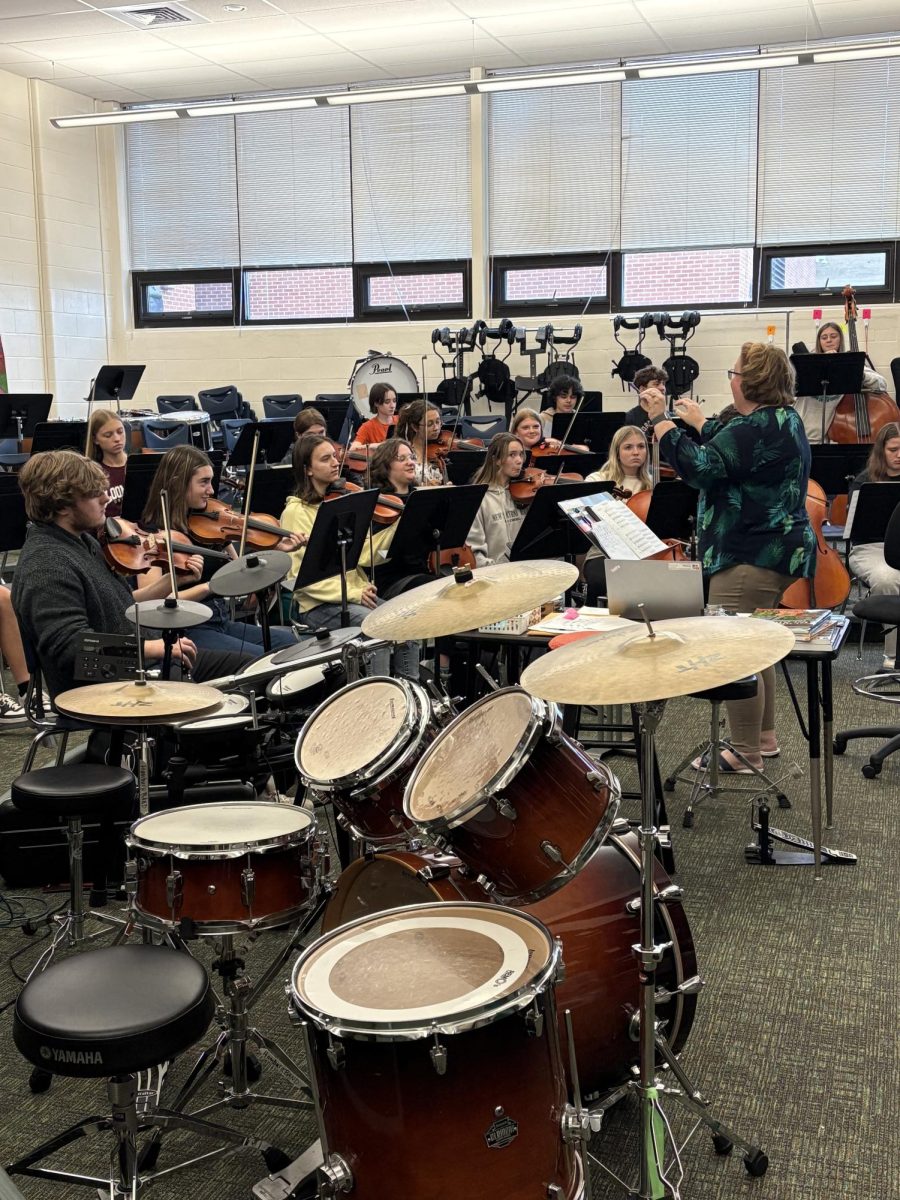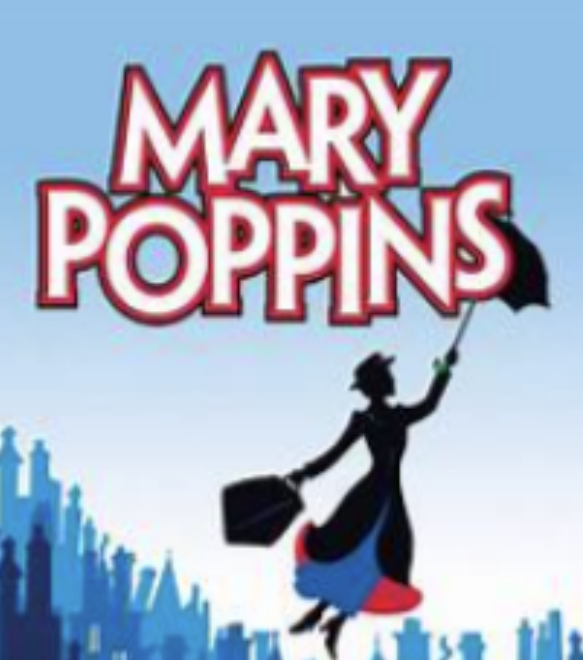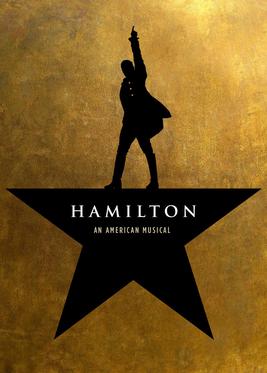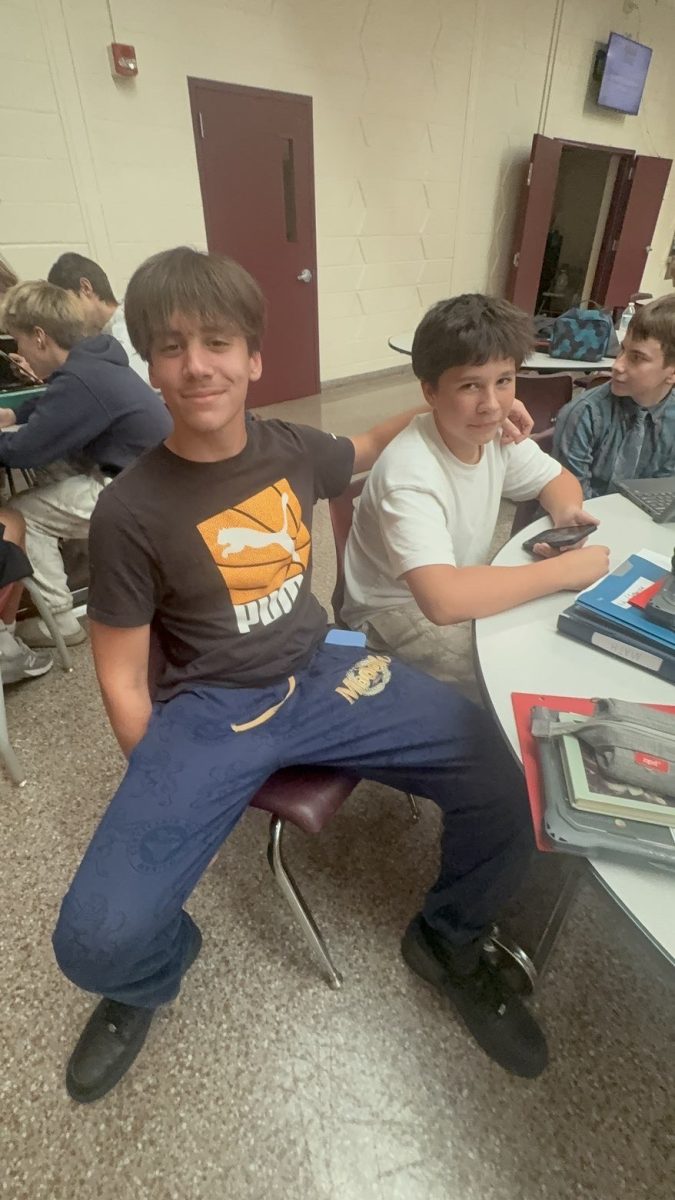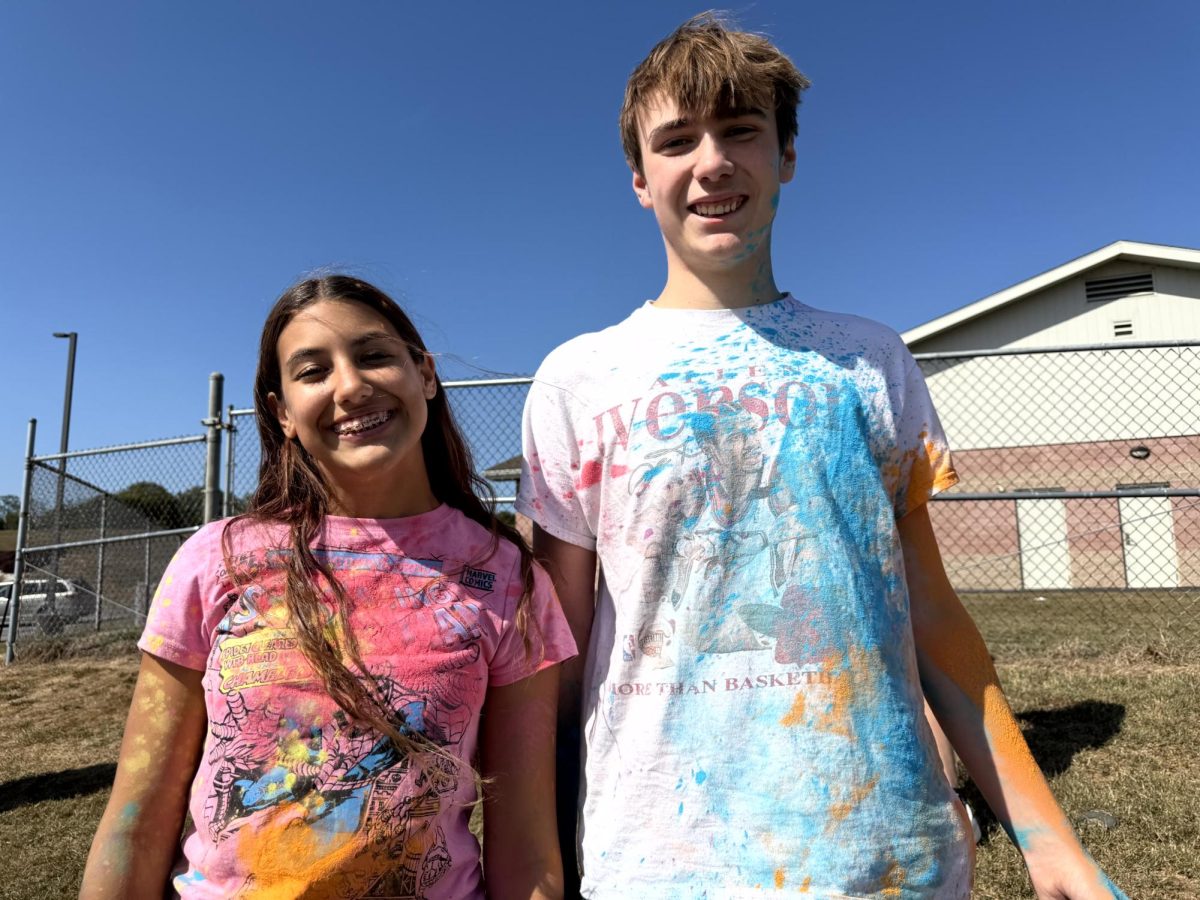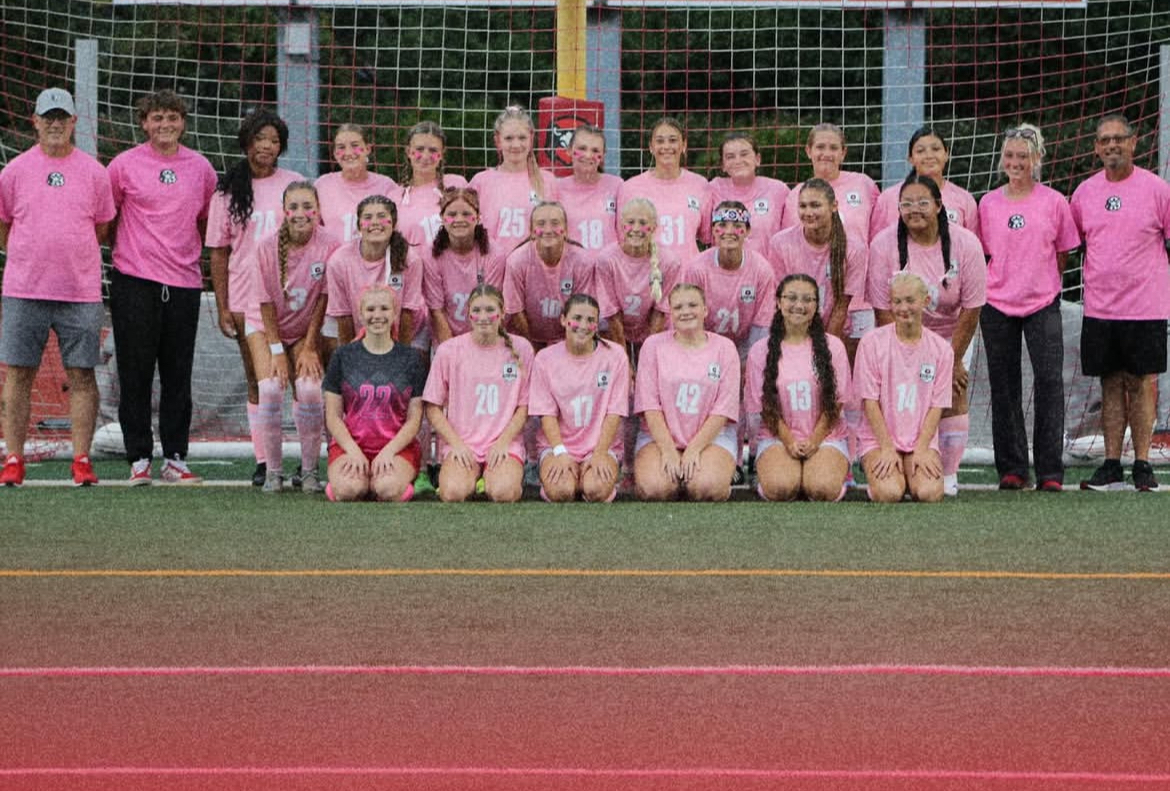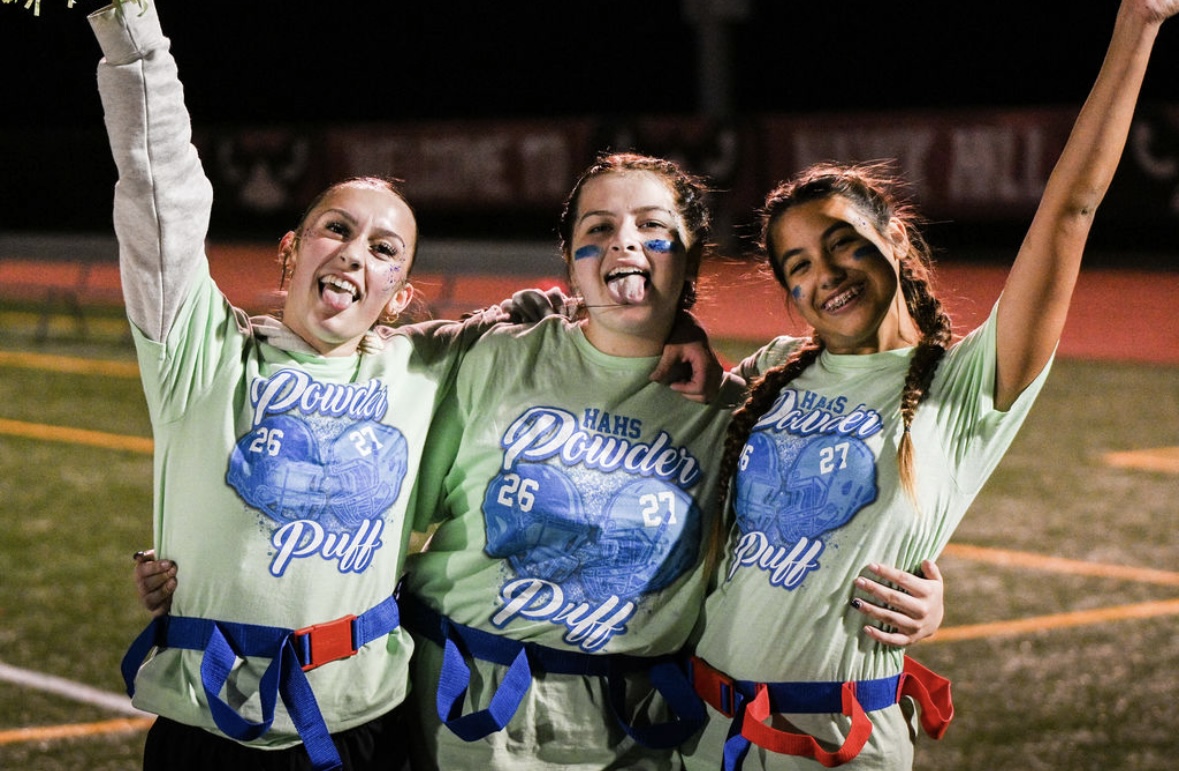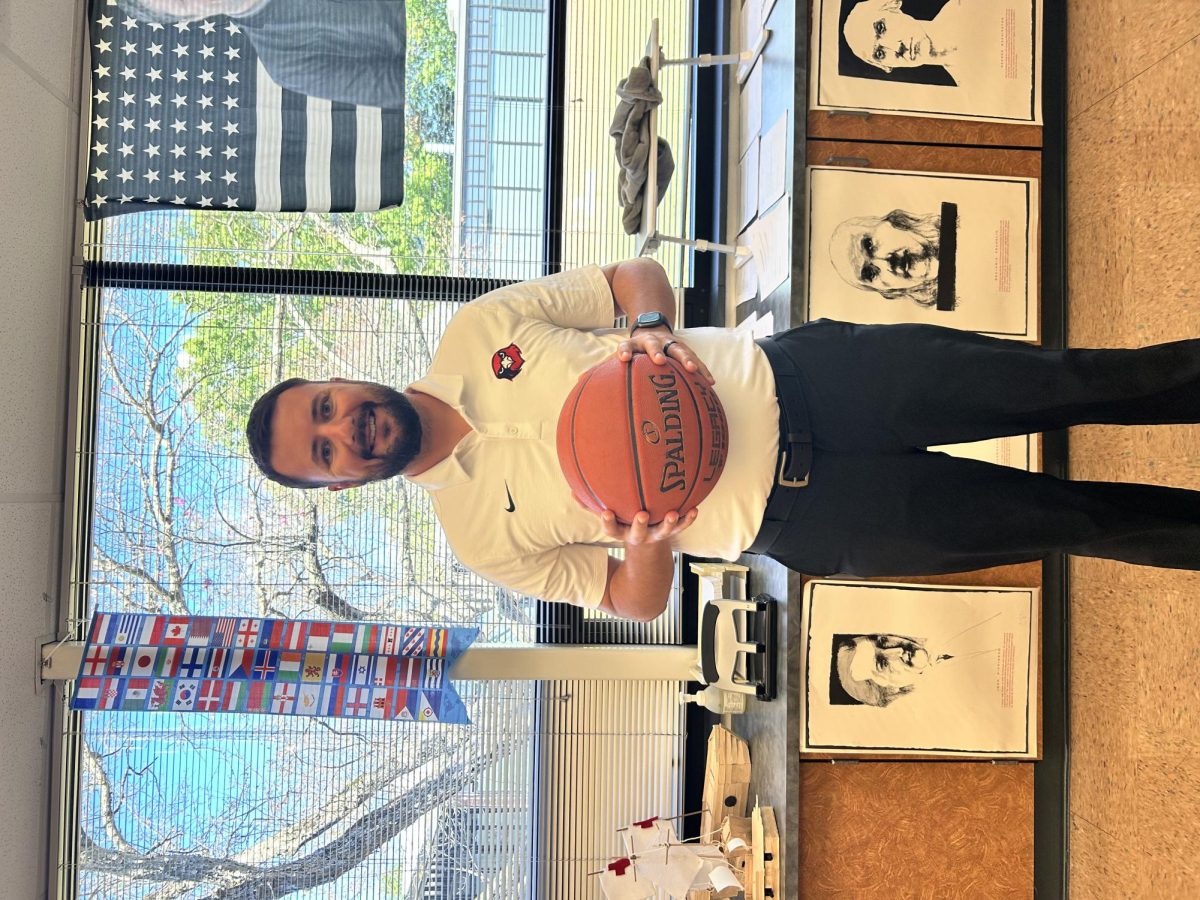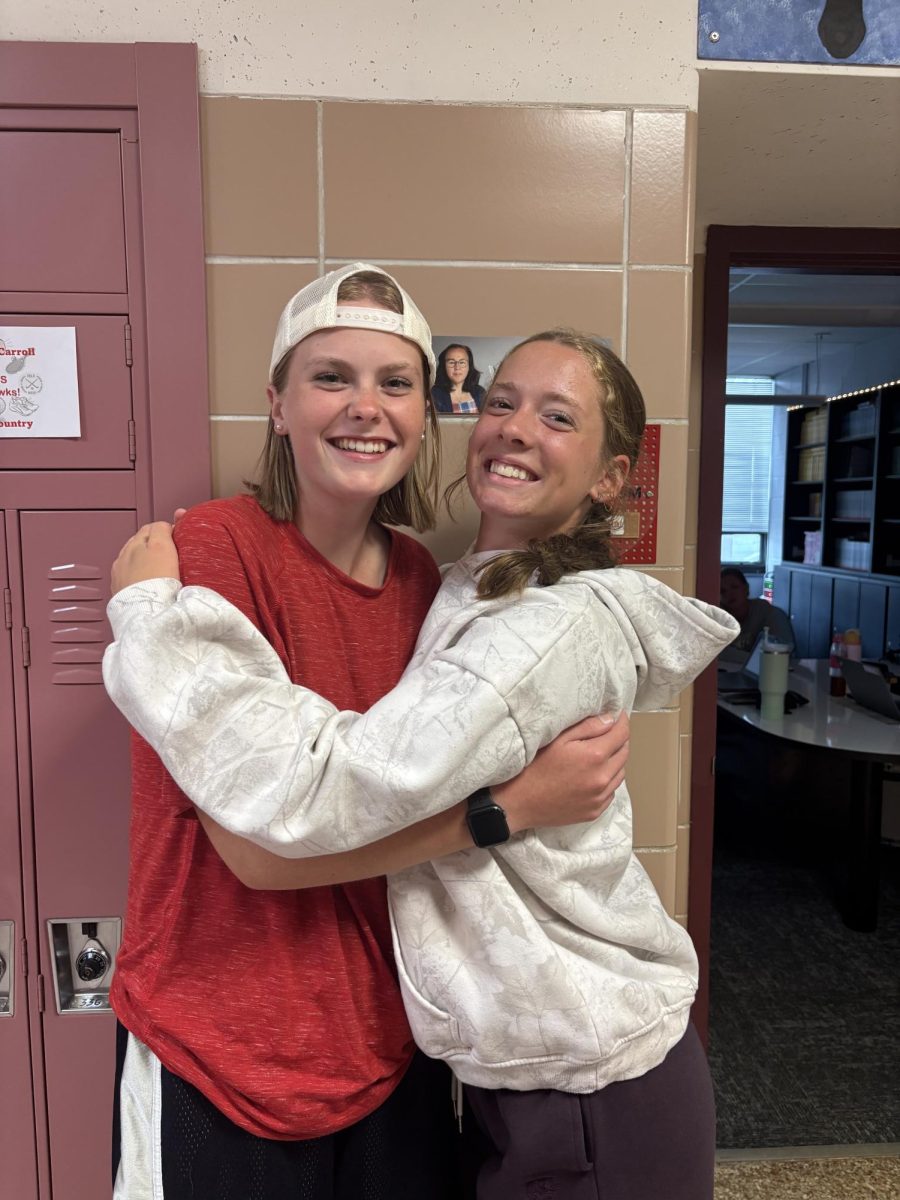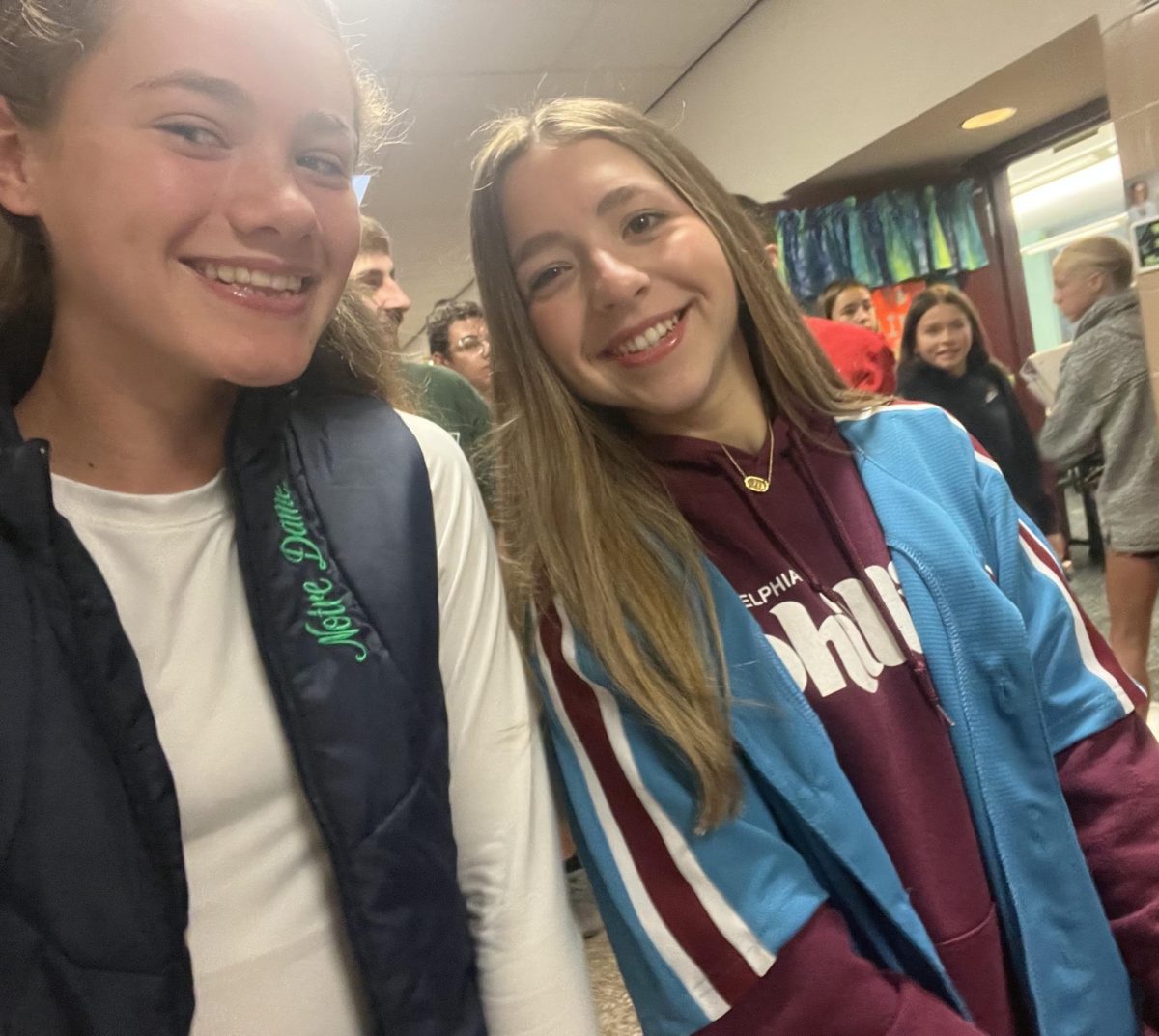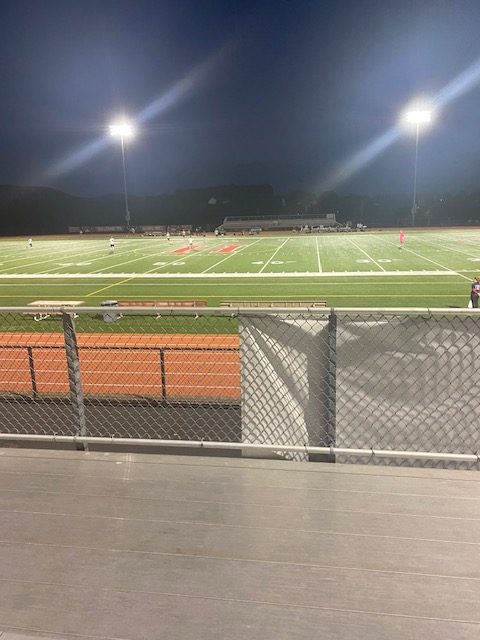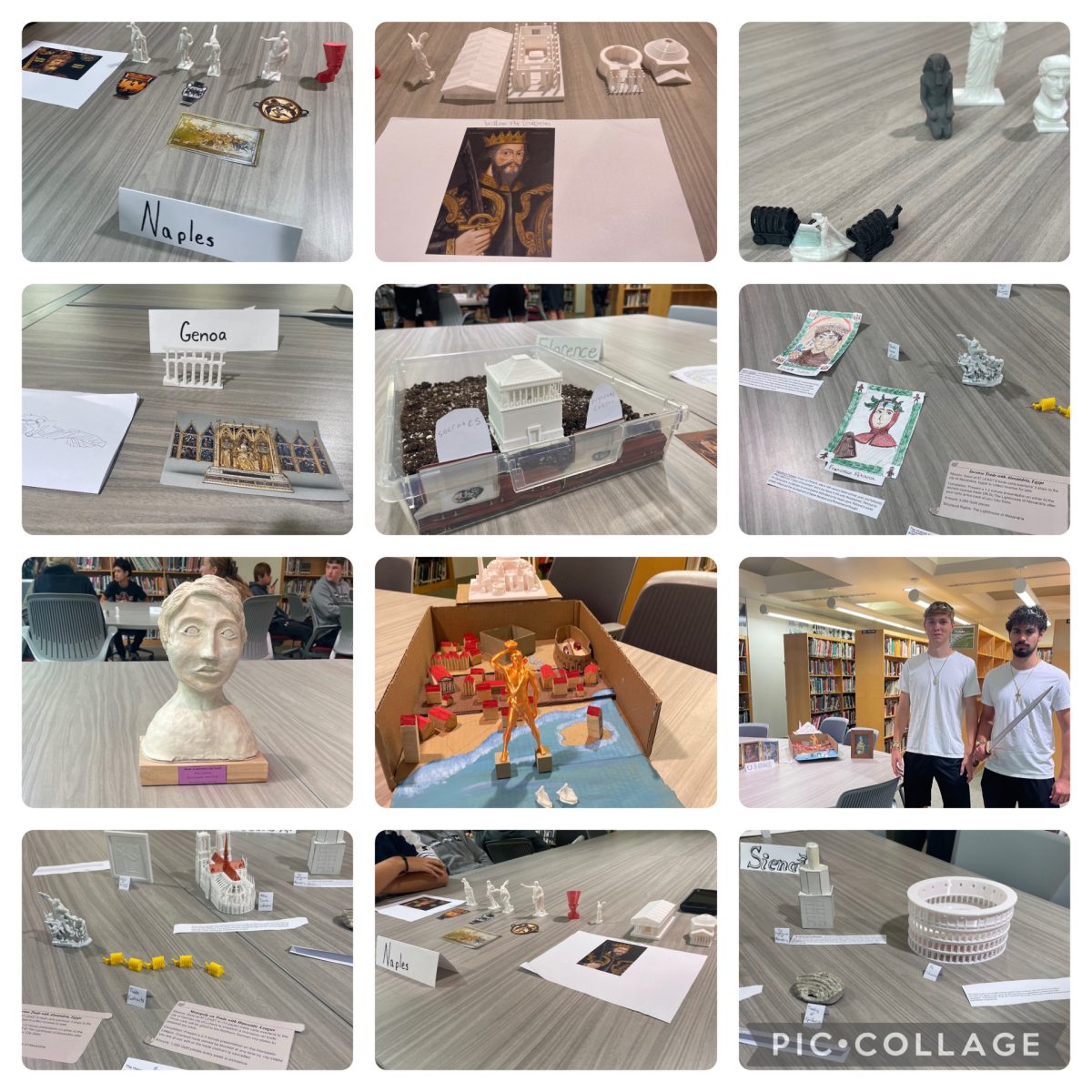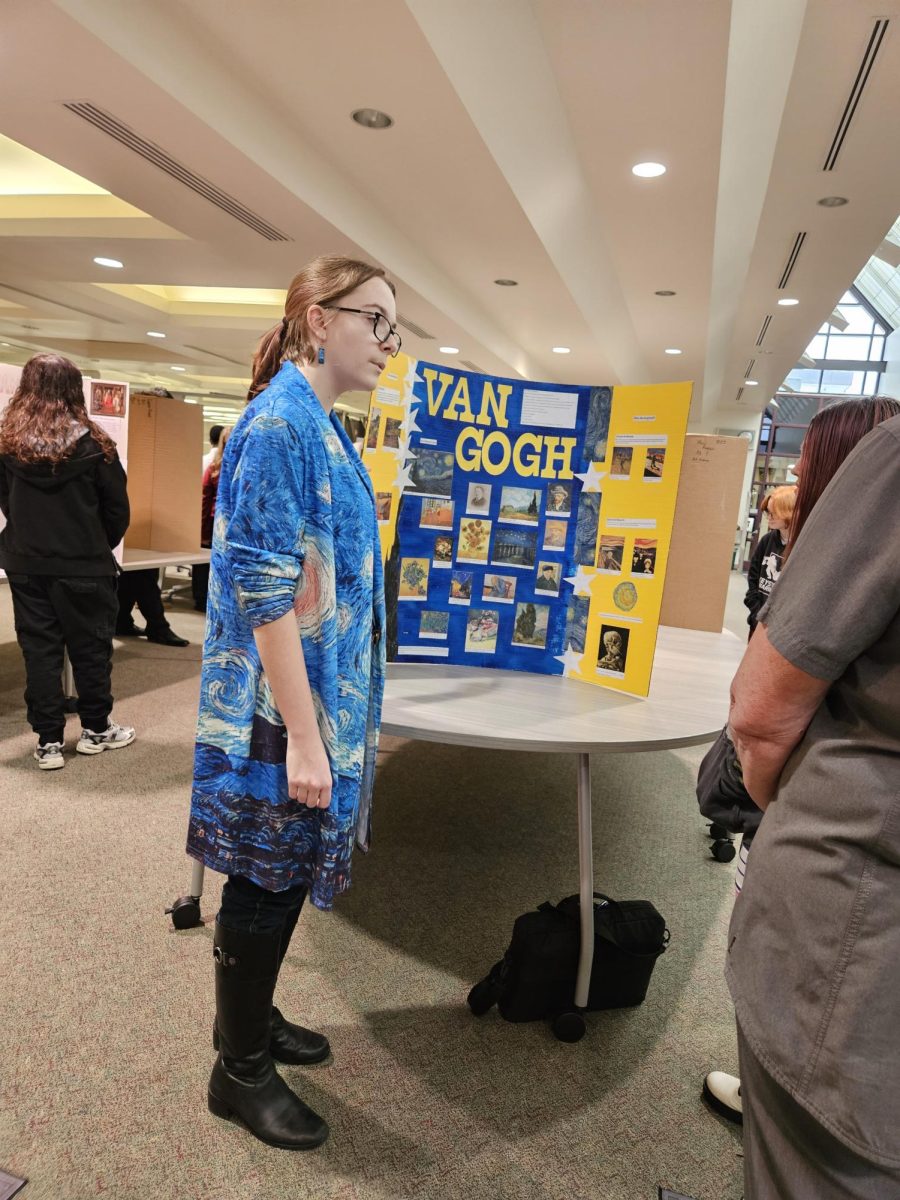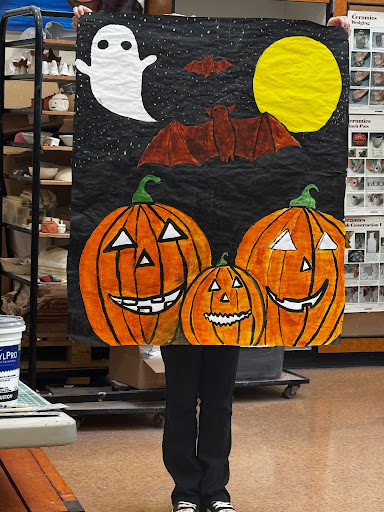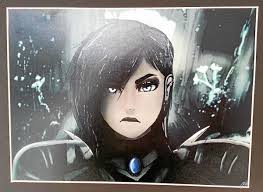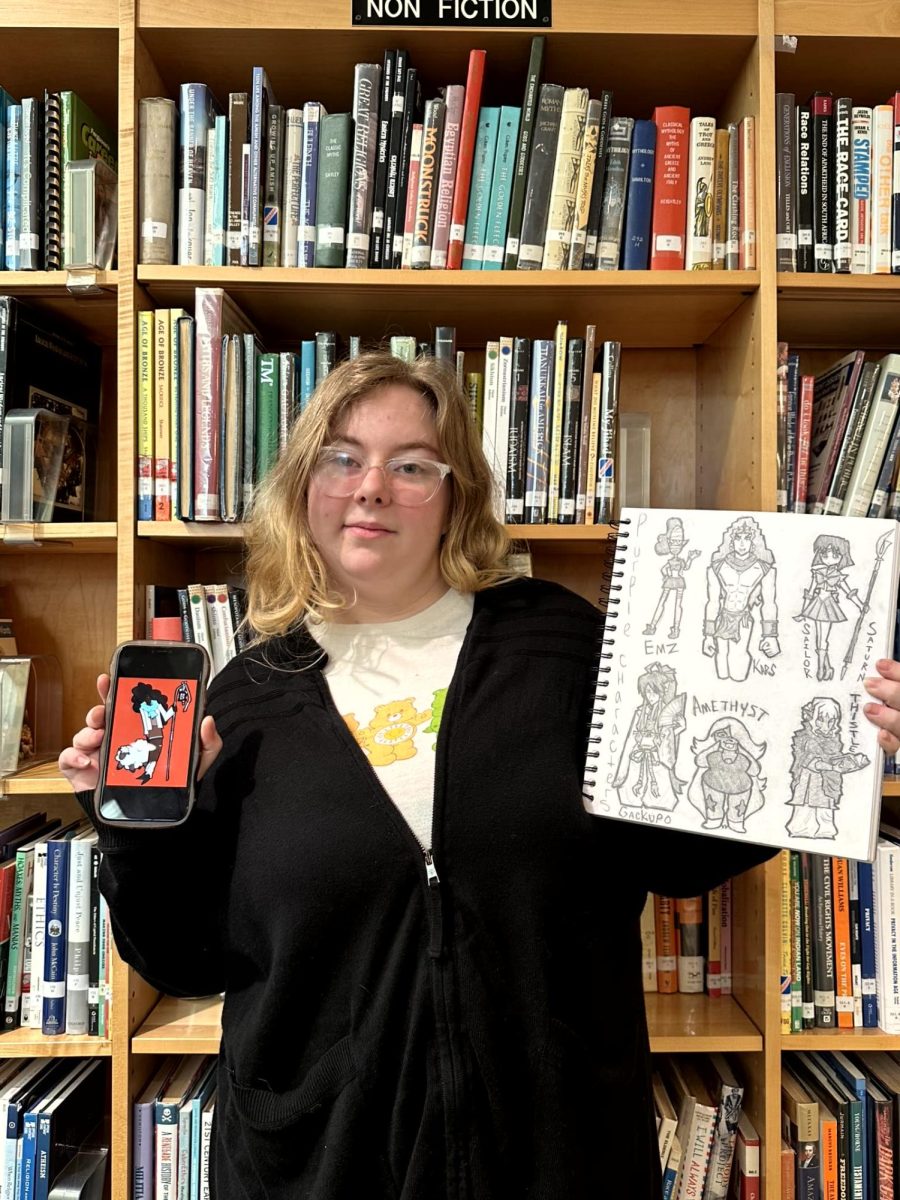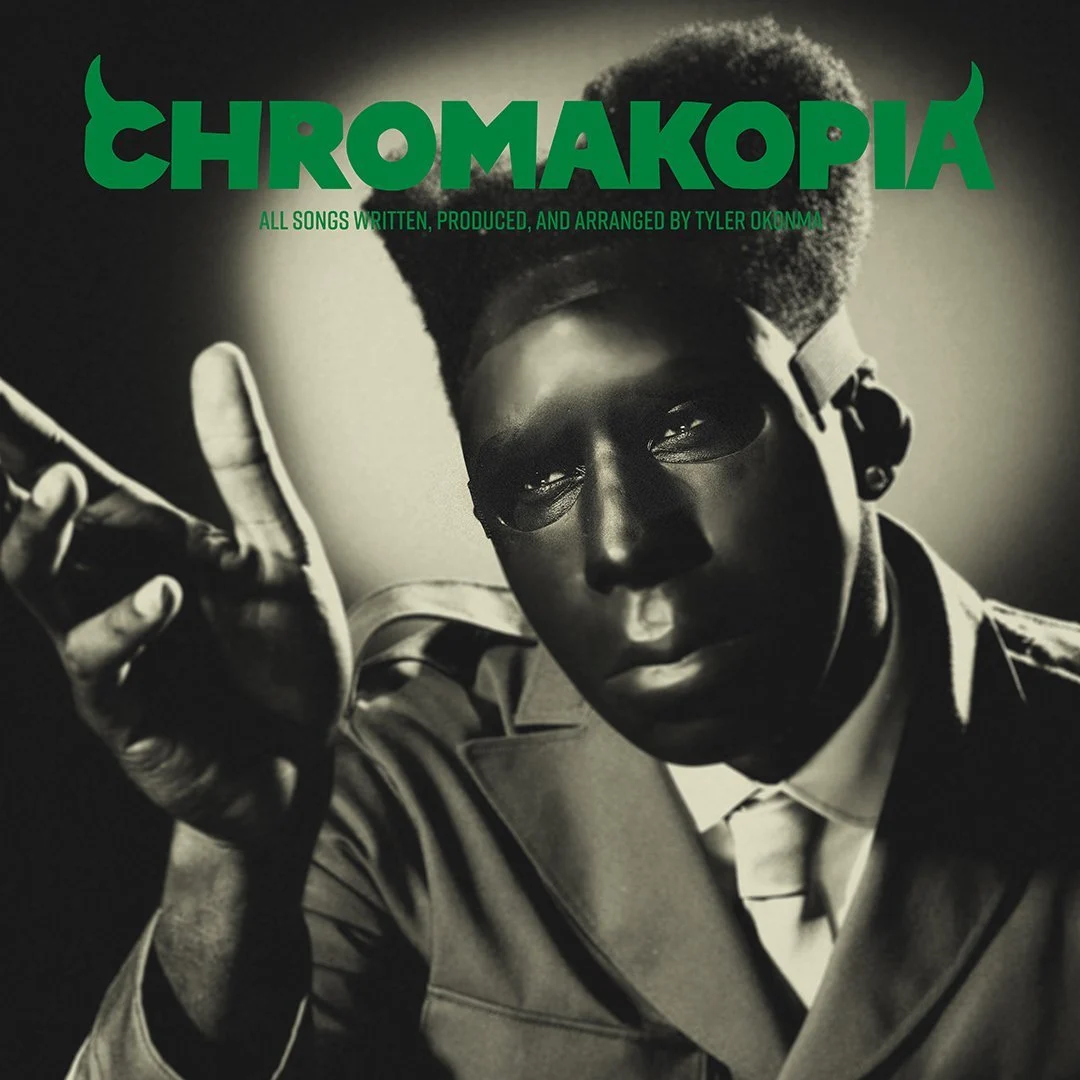Mr. Kline’s art history class currently has an ongoing simulation to keep students engaged with the history in the class. He says “This is my first year running the simulation, and it is helping students keep the information they learn and add it to an interactive experience.”
The simulation has many aspects, like auctions to bring artists into one’s area of the board. The simulation uses Risk rules, along with a Risk board of the Italian City States. The goal of this simulation is to rise above other City States and win the most Culture points. Culture points are the rewards one gets for owning artists, artwork, historians, or structures, or the rewards one earns when they win trivia or Culture day.
The first Culture day on October 10 was held in the library during the seventh period, where the Italian City States had their own sections to show off artwork, structures, and people they owned, while competing for the public favor of which group had the best items or people.
Kaylum Riegel, a 10 grader in Art history took the class because it is taught by Mr. Kline. Kaylum’s Italian city state is Naples, and he is heavily involved in the auction aspect of the simulation. He says that “while I make the art and buy people and items in the auctions, my teammate does the war part of the simulation.” He says his least favorite part of the simulation is that the rules are always changing. Kaylum says while he is in this simulation in this class, he is learning a lot about art through the simulation. Art history is a class that Kaylum would recommend to many others because it is an engaging and unique experience, since the simulation will be different for everyone.




